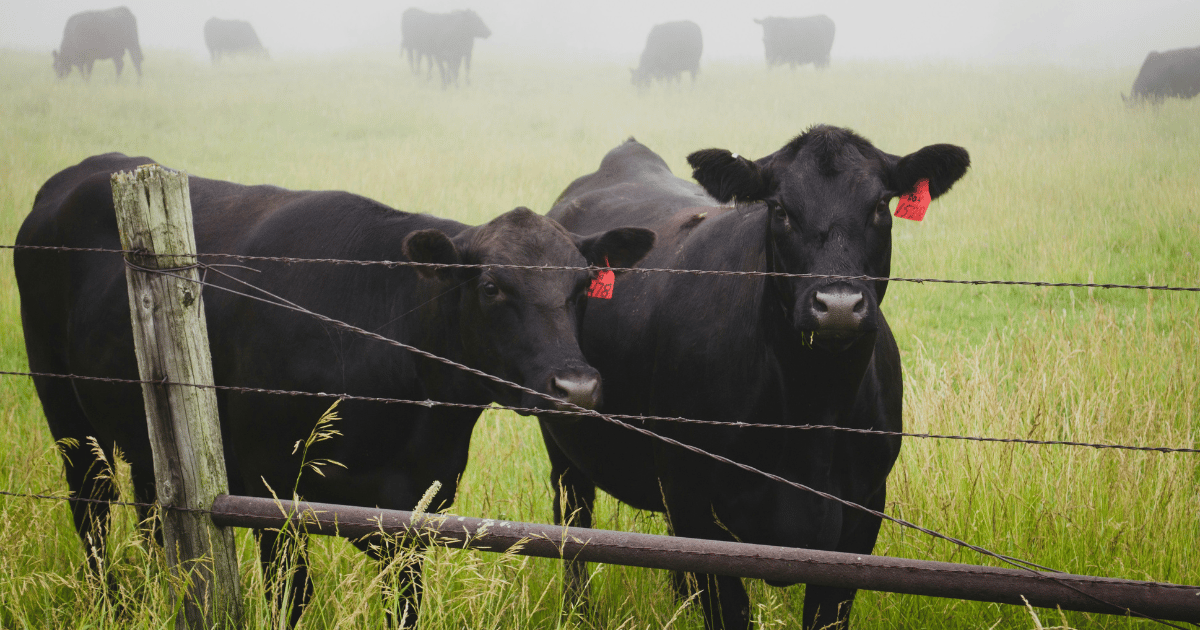From Mexico to Mortlake: How west Vic is responding to the return of American beef
With a 20-year ban on some US beef imports listed, the industry has biosecurity concerns. In West Vic, local farmers say price and demand for Aussie beef remains strong.

The federal government’s decision to lift long-standing restrictions and allow American beef – including cattle born in Canada and Mexico – to enter the country has raised biosecurity eyebrows in western Victoria but, for now, isn’t expected to rattle the local market.
The change, announced in July, means such imports will be allowed for the first time in more than two decades.
Industry group Cattle Australia has warned the move could pose biosecurity risks, particularly around traceability, but the federal government has insisted the decision is backed by science and will not threaten Australia’s disease-free status.
Mortlake’s Western Victoria Regional Livestock Exchange (WVLX) manager, Jake Last, told the Brolga there had been “probably a little bit of reaction” from local farmers and buyers since the announcement, but he did not expect major market disruption in the short term.
“We’re still exporting so much beef into the US because of their all-time low beef numbers in America, with all the drought that’s going on over there at the moment,” he said.
“I don’t see it being a major contributing factor to our local market right at the present time – while we are exporting so much beef – because they don’t have it and the demand is so high.”
However, Last said biosecurity remained a key concern.
“That’s going to be our biggest concern, when you see the reports in the papers, the fact that there’s a lot of Mexican cattle that moves across into the US,” he said.
“Depending on how good their traceability is, that’s obviously a big contributing factor to our biosecurity here in Australia.”
Last mentioned the newly opened trade agreement could help the industry in other ways, like decreasing the likelihood of the US putting extra tariffs on beef going into North America.
For now, he said the Mortlake saleyard was enjoying solid throughput and strong prices across all categories.
“For this time of the year our throughput is still rather high, above average,” he said.
“The prices across all ranges of trade, grain-fed bullocks and cows are all very strong at the moment.”
Last week’s store sale saw some categories of F1 crossbred cattle fetch $1 to $1.20 more than the same time last month.
“Obviously we’re still not out of the woods yet in terms of how much spring rain we’re going to get,” Last said.
“We still need to keep getting some pretty good rains between now and the middle of October.”

